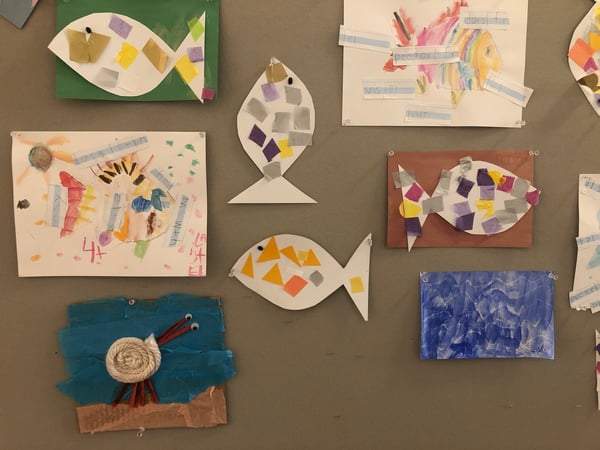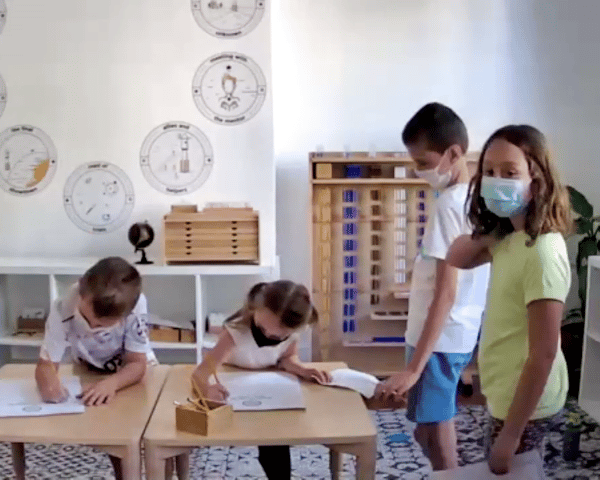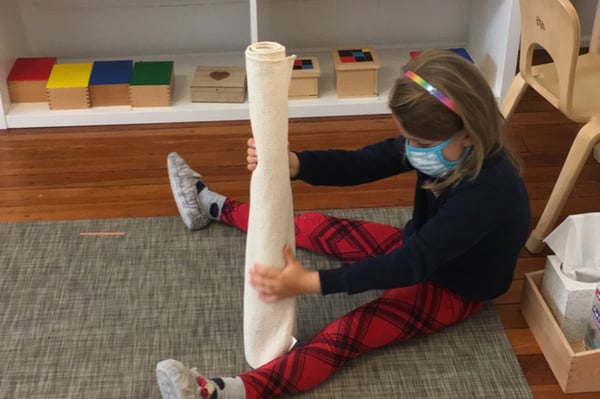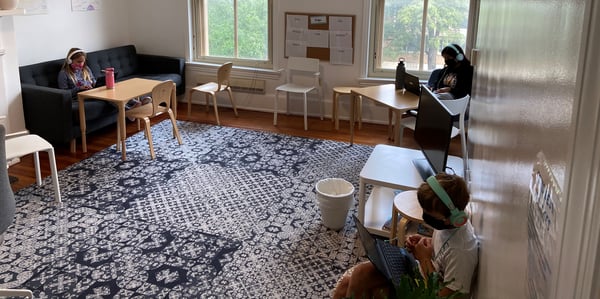What can we learn about friendship from the goby fish and the pilot shrimp? Quite a lot, it turns out! Afternoon learners are finishing their study of coral reefs with a focus on symbiotic relationships. Animals like the goby fish and the pilot shrimp keep each other safe and provide access to food by helping each other out in special ways.
Just like the goby fish and the pilot shrimp, learners help each other in many ways. Group time is one of the times that learners share how they are helping each other. This morning an older learner told the studio, “I helped [a younger learner] put his backpack in his cubby.” Younger learners love to help in a number of ways, such as bringing a pencil or material to a friend during the work period, or holding the gate open for other learners to enter the playground.
As part of the Montessori curriculum, we offer many group “grace and courtesy” lessons to help the learners develop prosocial skills and learn how to be a friend and a peaceful member of the community. We often introduce grace and courtesy lessons through role-playing, and invite each learner to take a turn practicing what to do and say in different scenarios. Children learn to ask questions such as “Would you like some help?” or “Excuse me, could you help me?” or “Could I use that when you are finished?”









